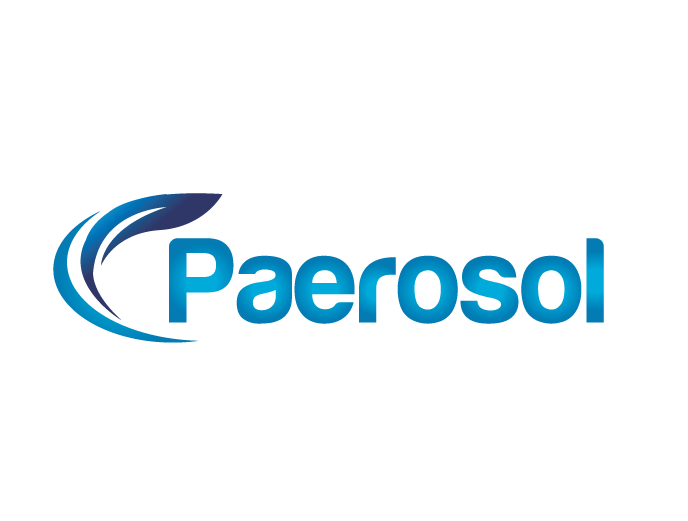The ease of using a cleaning product, like an antimicrobial wipe, makes it convenient to take care of common cleaning problems, whether it’s cleaning commonly touched kitchen surfaces, desks at school, or a spill at work. It seems we have substituted most cleaning solutions with the convenience of a pre-treated cloth. The wipes market in 2022 was valued at $19.5 billion dollars, with a projected growth at over 7% by 2032. Fueled by the pandemic, wipes were the perfect product for convenient disinfecting. Recent studies showed that overuse of these wipes is actually harmful to our health, and that different approaches to sanitizing are necessary.
The cleaning industry boom during the Covid-19 pandemic came in large part because of a fear of how to properly sanitize for viruses and bacteria. Consumer spending on cleaning products went up 12%, and even the NY Times admits fault in amping up the disinfecting frenzy. What we have since learned is that these products failed in preventing transmission of the virus, and that the harm of over-using these chemicals is another risk to our health. Repeatedly inhaling or touching our skin with these chemicals is causing new dysfunction.
Chemical disinfectants most commonly use ingredients like quaternary ammonium compounds (ammonium chloride), chlorine-based products (sodium hypochlorite), acids (citric acid, hydrochloric acid, or lactic acid), and hydrogen peroxide. Because of varying regulations, it’s difficult to identify exact ingredients in these cleaning products. The effect of these chemicals on personal health is also difficult to pinpoint since people have varying degrees of use. Over time, the use of these chemicals has been linked to diagnoses like asthma, cancer, and even infertility.
Quaternary ammonium compounds (QAC’s) have come under scrutiny recently for not only causing skin irritation, asthma, and other related breathing issues, but also for appearing in unexpected places: human blood, dust in people’s homes, and breast milk. The use of QAC’s may also contribute to antibiotic resistance and requires more study and perhaps greater regulation.
The next ingredient found in these products is bleach which can be hazardous to the skin, eyes, and lungs since it is corrosive. Most notably, it can produce toxic gases if mixed improperly with other chemicals. Because of the prevalence of bleach in cleaning products, poison control centers saw a rise in calls recently because of bleach-related exposures.
If you’re going to clean with an antibacterial wipe product, there are a few considerations:
- Read the instructions and ingredient list
- Don’t dry the surface too quickly
- Don’t use disinfectant wipes to clean your hands
- Use soapy water or sweep a surface before disinfecting
- Don’t use wipes on soft surfaces
- Never use disinfectant wipes to clean toys or food
- Don’t leave them in hot place
- Don’t reuse wipes or baby wipes, or flush them down the toilet
In most cases, using hot, soapy water will take care of the job, and prevent unnecessary exposure to harmful chemicals.
The CDC created categories to help people understand the difference between cleaning and disinfecting, defining categories of cleaning, sanitizing, and disinfecting.
Cleaning removes the dirt and grime from surfaces as a first step, by scrubbing with soap and/or water. Clean high touch surfaces regularly, especially if they are visibly dirty, or if your household or workplace is sick.
Sanitizing is recommended after a round of cleaning, and with a weaker chemical/bleach product, or an EPA-registered spray, such as Paerosol. The goal is to reduce the germs present to a level considered safe by public health codes.
Disinfecting surfaces involve killing all germs with a much stronger chemical/bleach solution (also after cleaning the area first). It is also recommended to use an EPA-registered disinfectant product like Paerosol.
The question remains, “what should I use to clean”? Soap and water will take care of most cleaning needs, and the Environmental Working Group promotes trying safer DIY swaps from the chemical products available. Using combinations of household products like soap and baking soda can tackle the same areas as chemical sprays and wipes. Paerosol is a product that achieves better results than soap and water and is a safer alternative to chemical disinfectants.
Paerosol is a unique product that solves the problem of using chemical cleaning agents by using a non-toxic solution: Hypochlorous Acid (HOCL). HOCL occurs naturally in the human immune system and is a safe and effective way to disinfect. Compared to current chemical disinfectant products on the market, Paerosol is an all-natural solution.
Paerosol sanitizes any surface, hard or soft, and can also be used to clean the air. The flexibility to treat multiple kinds of areas simultaneously makes Paerosol an unparalleled product in the cleaning industry. Because it is a safe and natural cleaner, it can be used in the presence of humans and animals. Serving a wide variety of industries, from hospitals to homes and agriculture to airlines, Paerosol provides a superior method of sanitization.
Visit http://box2111.temp.domains/~nabashtw/paerosol.com/ to learn more about our revolutionary, non-toxic disinfecting platform.
